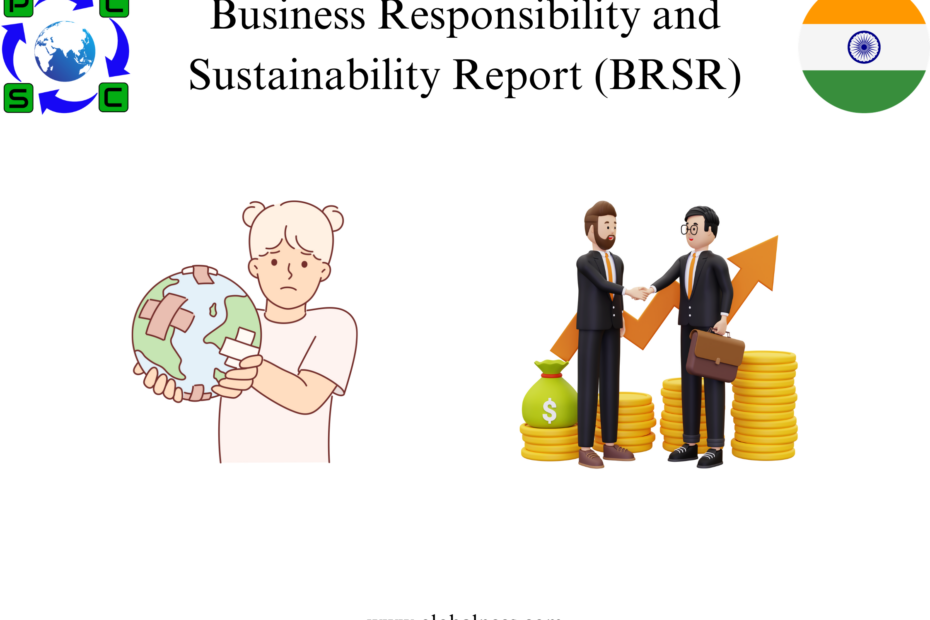
Broadly speaking, BRSR standards are going to make India’s ESG reporting landscape even more uniform.
In brevity
- BRSR simplifies the problem of selecting a reporting framework by requiring all companies to employ a standardised, transparent reporting format.
- It is almost clear that the national policies and initiatives that are currently in place to combat the problem of climate change and to foster economic growth in a manner that is sustainable will become an important focal point in the future.
- Despite the fact that India’s emissions on a per capita basis are among the lowest in the world, the country is one of the largest generators of emissions and has the most rapidly expanding economy. These two factors, together, highlight the significance of sustainability reporting in India.
The environment of ESG reporting is undergoing fast transformation at the global level. Taking into consideration the continuously growing problems on a worldwide scale that are related to ESG (environmental, social, and governance) components. Business leaders in India believe that there is merit in reorienting their company mission to extend beyond the development of money and into bigger topics that the country’s important stakeholders are concerned with.
The BRSR is not India’s first attempt to regulate environmental, social, and governance issues through disclosures and frameworks. In 2009, the Ministry of Corporate Affairs (MCA) drafted the initial standards for Business Responsibility Reporting (BRR), which stands for Business Responsibility Reporting. It took BRSR a decade to refine and broaden its horizons to meet the complex ESG disclosure requirements and meet the global quality requirements and standards that exist in today’s sustainable reporting landscape. BRR served as a platform upon which an ESG reporting framework having much broader scope could be developed. It also served as the launchpad for BRSR. BRR served as a platform upon which an ESG reporting framework having much broader scope could be developed.
India has emerged as a conscious aspirant and shown promise and capability to take great initiative in paving the way in combating climate change and meeting the Sustainable Development Goals (SDGs) of the United Nations in many of its regulatory schemes internally such as the introduction of the Business Responsibility and Sustainability Reporting (BRSR) by SEBI in 2021 and the sustainability reporting format is based on the nine principles of National Guidelines for Responsibilities and Accountabilities. In addition, India has shown promise and capability to take great initiative
It will be entangled with the financial performance of the companies as well, as the BRSR report will be published with their annual report as an integral element. The BRSR format acts as one standard for all in India for ESG related disclosures. In addition, the BRSR report will be published alongside their annual report. This will be a standardised alignment of a firm’s financial and non-financial disclosures, with the goal of accurately representing the business activities of the organisation in an open and honest manner.
The BRSR report format will consist of three sections:
General disclosures : The purpose of this section is to collect fundamental information regarding the company, such as its dimensions and location, its line of products, the number of people it employs, its corporate social responsibility endeavours, and so on.
Management disclosures : In this section of the document, the corporation is obliged to disclose information on policies and processes related to the NGRBC Principles addressing leadership, governance, and stakeholder engagement. Companies have been asked to give links to their websites wherever it is pertinent to do so, and these policies can be found on those websites.
Principle-wise disclosures : The manner in which a company is functioning in relation to the NGRBCs’ nine Core Element Principles can be deduced from its responses to this section. This section requires businesses to provide evidence, in the form of actions and results, that they intend to and are committed to engaging in responsible business behaviour.
The questions have been divided into two types:
- Essential indicators (mandatory)
- Leadership indicators (voluntary)
Companies are required to identify sustainability-related problems that they face and further delve into their ESG related aims, goals, and successes while also mapping the probable risks and opportunities that they may potentially face in their journey towards greater environmental, social, and governance (ESG) responsibility as part of the BRSR reporting.
The BRSR will serve as an efficient method of presenting a company’s non-financial disclosures, and it should be seen as the next stage in ESG reporting moving forward. According to SEBI’s vision of what it intends the BRSR’s objective to be, the publication of a BRSR report ought to be regarded as an obligatory exercise in compliance.
How can Global PCCS support ?
Risks and opportunities related to environmental, social, and governance (ESG) have risen to the forefront of the agendas of many different types of organisations. The Global PCCS team can provide assistance to organisations in addressing sustainability issues and investor concerns, as well as improve ESG performance, support ESG reporting and disclosures, and more.
For more information on the service please book a free consultation by filling the form or writing to us at pooja.h@globalpccs.com








 Authorised IMDS & CDX Training & Consulting partner for
Authorised IMDS & CDX Training & Consulting partner for






